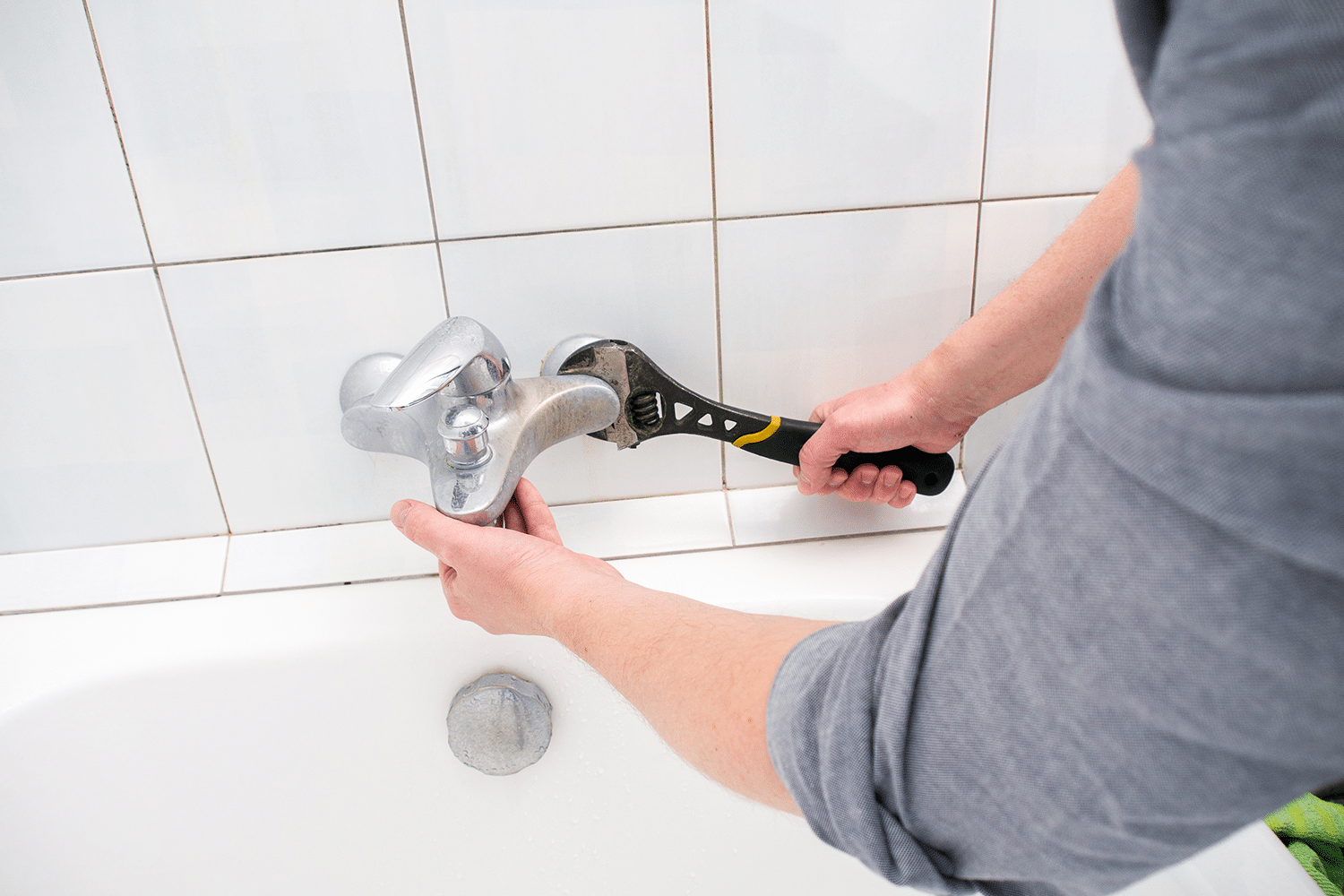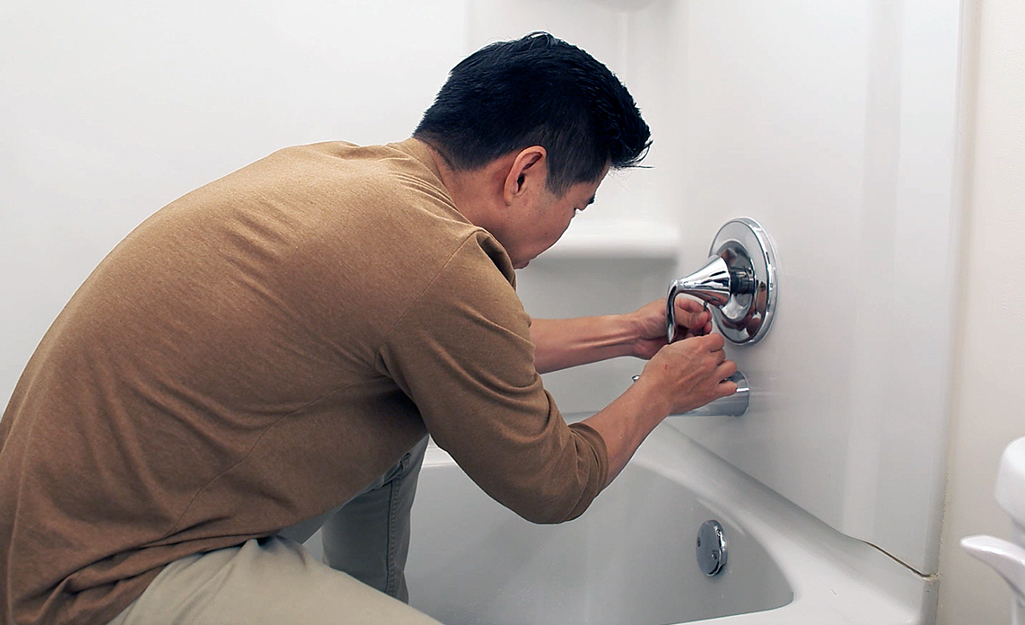Learning the Importance of Repairing a Dripping Faucet
Learning the Importance of Repairing a Dripping Faucet
Blog Article
What're your thoughts with regards to Leaky Faucets: Why They Happen & What to Do About Them?

Trickling faucets might look like a minor trouble, yet their influence surpasses simply the annoyance of the sound. From wasting water to incurring unnecessary monetary expenses and health and wellness dangers, disregarding a dripping faucet can lead to various repercussions. In this post, we'll delve into why it's critical to address this common household concern immediately and effectively.
Waste of Water
Environmental Influence
Trickling taps add dramatically to water wastefulness. According to the Environmental Protection Agency (EPA), a single tap trickling at one drip per second can squander more than 3,000 gallons of water annually. This not only pressures water sources but also influences environments and wildlife depending on them.
Step-by-Step Guide to Fixing a Dripping Tap
Tools Needed
Before trying to fix a dripping tap, gather the needed devices, including a flexible wrench, screwdrivers, replacement parts (such as washing machines or cartridges), and plumber's tape.
Common Faucet Issues and Their Solutions
Recognize the type of faucet and the certain concern creating the drip. Usual problems include damaged washing machines, rusty shutoff seats, or defective O-rings. Refer to maker guidelines or on-line tutorials for detailed guidance on repairs.
Financial Costs
Enhanced Water Bills
Beyond the ecological influence, trickling taps can pump up water bills substantially. The accumulated wastefulness gradually equates into greater energy expenses, which might have been stayed clear of with prompt repair work.
Potential Home Damage
In addition, extended trickling can cause damage to components and surfaces bordering the faucet. Water build-up can cause staining, deterioration, and also structural problems if left unattended, leading to added repair work prices.
Health Worries
Mold And Mildew and Mildew Growth
The consistent presence of moisture from a trickling tap develops an excellent atmosphere for mold and mold development. These fungi not just jeopardize interior air high quality but additionally position health threats, particularly for individuals with breathing conditions or allergies.
Waterborne Diseases
Stagnant water in dripping faucets can become a breeding place for microorganisms and various other virus, increasing the threat of waterborne conditions. Pollutants such as Legionella germs thrive in stationary water, possibly resulting in major illnesses when consumed or inhaled.
Do it yourself vs. Expert Repair work
Pros and Cons of Do It Yourself Repair Work
While some might attempt to fix a leaking faucet themselves, DIY repairs include their very own set of obstacles. Without proper understanding and devices, DIY attempts can aggravate the concern or lead to incomplete fixings, prolonging the issue.
Advantages of Working With a Professional Plumber
Hiring an expert plumber makes sure that the underlying source of the dripping faucet is attended to properly. Plumbers possess the expertise and equipment to diagnose and repair faucet issues efficiently, saving time and reducing the risk of further damages.
Environmental Obligation
Private Contribution to Conservation
Taking duty for dealing with trickling taps lines up with broader efforts towards water conservation and environmental sustainability. Every person's activities jointly make a considerable effect on preserving priceless resources.
Sustainable Living Practices
By focusing on prompt fixings and embracing water-saving habits, people contribute to lasting living practices that profit both present and future generations.
Safety nets
Regular Upkeep Tips
To stop dripping taps, perform routine upkeep such as cleaning aerators, checking for leaks, and replacing damaged components quickly. In addition, consider installing water-saving gadgets or upgrading to a lot more efficient fixtures.
Value of Prompt Services
Resolving trickling faucets as soon as they're discovered avoids more water wastage and possible damage, eventually conserving both water and money over time.
Influence On Home Worth
Understanding of Well-Maintained Residential Property
Keeping a property in good condition, consisting of resolving upkeep problems like dripping faucets, boosts its viewed value and worth amongst prospective customers or lessees.
Influence on Resale Value
Features with properly maintained plumbing fixtures, consisting of faucets, command greater resale values in the property market. Attending to dripping taps can add to a positive impact throughout residential property inspections and settlements.
Conclusion
Dealing with a trickling faucet exceeds plain convenience; it's a vital action toward conserving water, reducing monetary expenses, and guarding health and home. Whether with DIY repair work or expert support, acting to take care of trickling taps is a tiny yet impactful means to advertise accountable stewardship of sources and add to a healthier, much more sustainable future.
How to Fix a Leaky Faucet: Step-by-Step Repair Guide
A leaky faucet may seem like a simple annoyance, but if it's not fixed promptly, that leak could cost hundreds to potentially thousands. From water damage to mold, mildew, and high water bills, even a tiny leak can be catastrophic if left unattended. Damage like this can even affect the overall value of your home, so it's important to take the right approach for leaky faucet repair. You may need the help of a plumber in some cases, but we've got a few tips you can try on how to fix a leaky faucet before calling the pros.
Four Faucet Types
When you're learning how to fix a leaky faucet, the first step is knowing what kind of faucet you're working with! There are four common types.
Cartridge Faucets
Cartridge faucets come in one- or two-handled varieties. In one-handled cartridge faucets, hot and cold water combines in a single cartridge. In the two-handled versions, hot and cold water are controlled separately and mixed in the faucet.
Ball Faucets
Ball faucets have a single lever you push up and down to adjust the pressure and rotate to change the temperature. A slotted metal ball controls the amount of water allowed into the spout.
Compression Washer Faucets
They're the oldest type of faucet, but they're still used in many homes — especially older ones. Compression faucets have two separate handles that, when turned, raise or lower the washer that seals a water valve. This valve stops water from flowing through the faucet when it is turned off.
Disc Faucets
Disc faucets rarely need to be repaired due to their maintenance-free design. The water flow is controlled by two discs — the upper one raises and lowers against a fixed lower disc, creating a watertight seal. If your disc faucet starts leaking, you may need to replace the seals or clean residue buildup from the inlets.
Fixing a Leaky Faucet
Step 1: Turn Off the Water
Whether you're learning how to fix a leaky bathtub faucet or how to fix a leaky kitchen faucet, always turn off the water supply to your working area when you're fixing a leak. The last thing you want is a flood added to your list of things to fix.
Look for the shutoff valves below your sink or around the tub and turn them clockwise to stop the water flow. If your faucet doesn't have shutoff valves, you may need to turn off the water for the whole house. Check to make sure it's off by turning the faucet on. If nothing comes out, you're ready to start the repair.
Step 2: Take Apart the Faucet
How you disassemble your faucet depends on the type of fixture you have. You can use a flathead screwdriver to remove the caps on top of the handle or handles for cartridge and compression faucets. Inside, you should see handle screws. Unscrew these with a screwdriver to remove the handle.
Disc- and ball-style faucets will typically have an inlet screw near the handle, and removing that will reveal the interior of the faucet.
Detach the Valve Stem
For cartridge- and compression-style faucets, you'll see the inner valve stem or cartridge once you remove the faucet handles. If you have a compression faucet, unscrew the brass valve stem. If you have a cartridge faucet, pull out the cartridge. If your cartridge has been in place for a while, it may require some tools or extra force to remove it due to mineral deposits.
Examine and Replace Parts
Once you've removed the parts, check them out to confirm what needs to be replaced. You may see corroded rubber washers, O-rings, stems, or cartridges. On a ball-style faucet, check the seats and springs for damage.
If you need to repair a leaky disc faucet, check the inlet and seals on the lower disc.
Once you determine what parts must be replaced, visit your local hardware store. Bring the damaged parts with you to ensure you can purchase the correct components to replace them.
Clean Valves and Faucet Cavity
If you've removed a stem or cartridge, you may notice mineral buildup in the faucet's threads. Use white vinegar to clean the valve seat by soaking it for a few minutes, then scrub it away with a soft toothbrush and rinse with warm water. You can also clean the interior of the faucet in the same way.
Reassemble the Faucet
Once your faucet is cleaned and the required parts have been replaced, it's time to reassemble it. Put the pieces back together and slowly turn the water supply back on. Doing this slowly is crucial because too much initial water pressure can damage the new hardware you've just installed.
https://homewarranty.firstam.com/blog/how-to-fix-leaky-faucet

We were introduced to that write-up about What Causes Leaky Faucets & How To Fix Them from an acquaintance on another web address. If you please take the time to promote this write-up if you liked it. I value reading our article about How to Fix a Dripping or Leaky Faucet .
Report this page